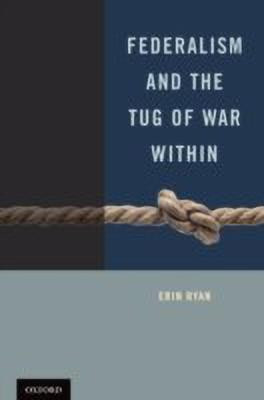Federalism and the Tug of War Within(English, Hardcover, Ryan Erin Professor)
Quick Overview
Product Price Comparison
Federalism and the Tug of War Within explores how constitutional interpreters reconcile the competing values that undergird American federalism, with real consequences for governance that requires local and national collaboration. Drawing examples from Hurricane Katrina, climate governance, health reform, and other problems implicating local and national authority, author Erin Ryan demonstrates how the Supreme Court's federalism jurisprudence can inhibit effective interjurisdictional governance by failing to navigate the tensions within federalism itself.The Constitution's dual sovereignty directive fosters an ideal set of good governance values-including the checks and balances between opposing centers of power that protect individuals, governmental accountability that enhances democratic participation, local autonomy that enables interjurisdictional innovation, and the synergy that federalism enables between local and national regulatory capacity for coping with problems neither level could resolve alone. In adjudicating questions of federalism, faithfulness to these values should be the touchstone. But they are suspended in a web of tension, such that privileging one may encroach upon another in different contexts. This inherent "tug of war" is responsible for the epic instability in the Court's federalism jurisprudence, but it is poorly understood. Providing new conceptual vocabulary for wrestling with old dilemmas, Ryan traces federalism's tug of war through history and into the present, proposing a series of innovations to bring judicial, legislative, and executive efforts to manage it into more fully theorized focus. The book outlines a model of Balanced Federalism that mediates federalism tensions on three separate planes: (1) fostering balance among the competing federalism values, (2) leveraging the functional capacities of the three branches of government in interpreting federalism, and (3) maximizing the wisdom of both state and federal actors in so doing. Along the way, the analysis provides clearer justification for the ways in which the tug of war is already mediated through various forms of balancing, compromise, and negotiation. The new framework better harmonizes the values that-though in tension-have made the American system of government so effective and enduring.


